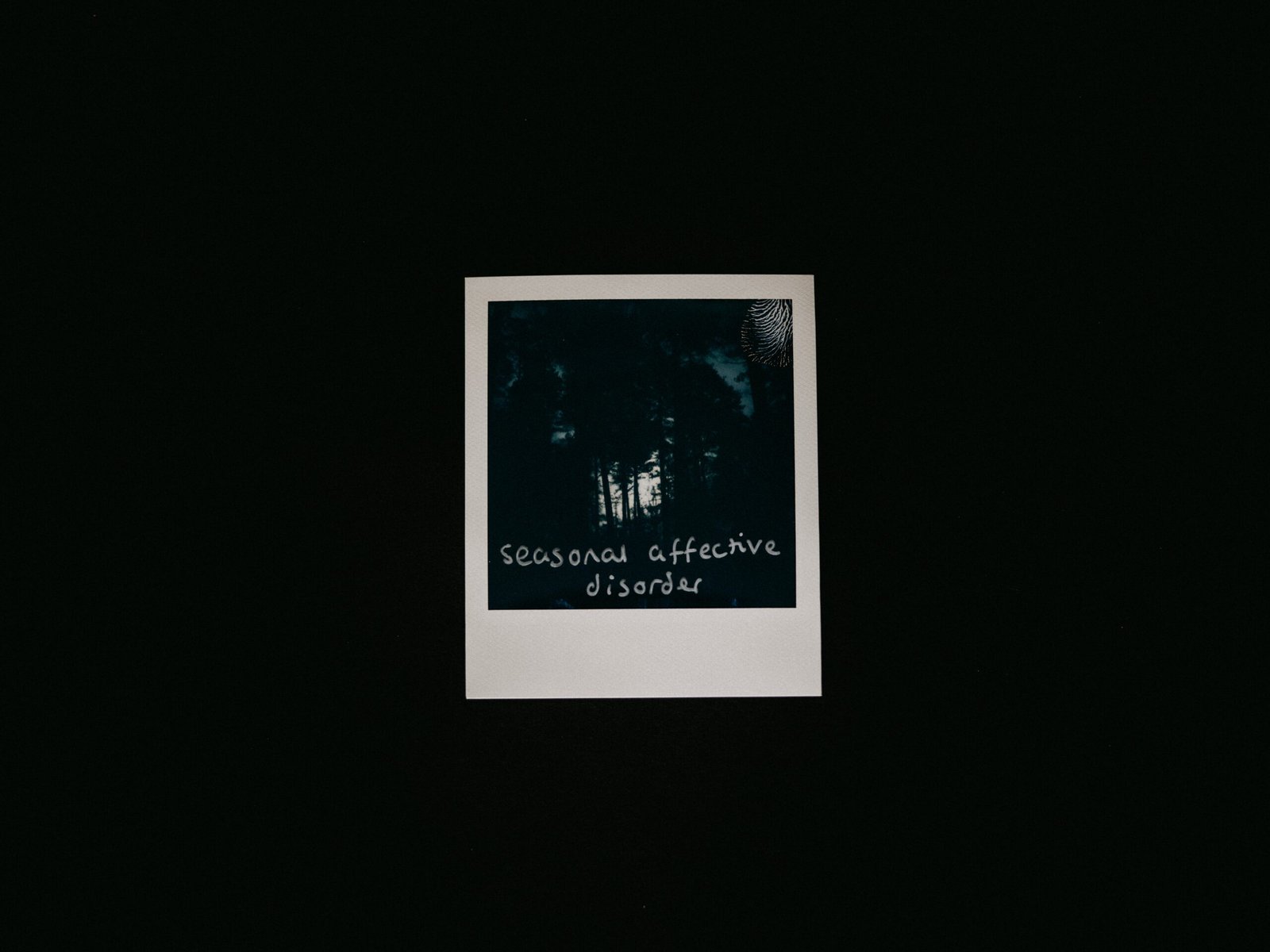Understanding and Coping with Seasonal Affective Disorder (SAD)
Seasonal Affective Disorder (SAD) is a type of depression that typically occurs during the fall and winter months when daylight hours are shorter. It is estimated that around 5% of the population experiences SAD, with symptoms ranging from mild to severe. If you find yourself feeling down and lacking energy during the winter months, you may be experiencing SAD. In this blog post, we will explore the causes, symptoms, and treatment options for SAD, as well as provide practical tips for managing this condition.
What Causes Seasonal Affective Disorder?
The exact cause of SAD is still not fully understood, but it is believed to be related to a combination of factors, including reduced exposure to sunlight, changes in melatonin and serotonin levels, and disrupted circadian rhythms. These factors can affect your mood, sleep patterns, and overall well-being.
Recognizing the Symptoms of SAD
The symptoms of SAD can vary from person to person, but common signs include:
- Feeling depressed most of the day, nearly every day
- Loss of interest in activities you once enjoyed
- Low energy and fatigue
- Difficulty concentrating
- Changes in appetite, particularly craving for carbohydrates
- Weight gain
- Difficulty sleeping or oversleeping
- Feeling sluggish or agitated
- Feeling hopeless or worthless
- Frequent thoughts of death or suicide
If you experience any of these symptoms for two or more consecutive winters, it is important to seek professional help for an accurate diagnosis and appropriate treatment.
Treatment Options for SAD
Fortunately, there are several effective treatment options available for managing SAD:
- Light therapy: Light therapy involves sitting in front of a specialized lightbox that emits bright light similar to natural sunlight. This therapy helps regulate your body’s internal clock and improve your mood.
- Medication: In some cases, antidepressant medications may be prescribed to help alleviate symptoms of SAD.
- Psychotherapy: Talking to a therapist can provide support and help you develop coping strategies to manage your symptoms.
- Lifestyle changes: Making certain lifestyle changes can also be beneficial, such as getting regular exercise, maintaining a healthy diet, and practicing stress-reducing techniques like meditation or yoga.
Managing SAD on Your Own
In addition to professional treatment, there are steps you can take on your own to help manage SAD:
- Get outside: Even on cloudy days, spending time outdoors can expose you to natural light, which can improve your mood.
- Stay active: Regular physical activity releases endorphins, which are known to boost mood and energy levels.
- Practice self-care: Engage in activities that bring you joy and relaxation, such as reading, listening to music, or taking a warm bath.
- Maintain a regular sleep schedule: Going to bed and waking up at the same time every day can help regulate your body’s internal clock.
- Connect with others: Social support is essential for mental well-being. Reach out to friends and loved ones, or consider joining a support group.
Frequently Asked Questions (FAQs)
Q: Can SAD affect anyone?
A: Yes, SAD can affect anyone, but it is more common in women, young adults, and those living in northern latitudes.
Q: Is SAD the same as the winter blues?
A: While the winter blues and SAD share similar symptoms, SAD is a more severe form of seasonal depression that significantly impacts daily functioning.
Q: Can SAD be prevented?
A: While SAD cannot be prevented, certain lifestyle changes and treatment options can help manage and alleviate symptoms.
Q: How long does SAD typically last?
A: SAD symptoms usually start in the late fall or early winter and improve in the spring. However, some individuals may experience symptoms throughout the year.
Q: Can SAD be cured?
A: There is no cure for SAD, but with proper treatment and self-care, symptoms can be effectively managed.
Conclusion
Seasonal Affective Disorder is a real and challenging condition that affects many individuals during the winter months. By understanding the causes, recognizing the symptoms, and seeking appropriate treatment, you can effectively manage SAD and improve your overall well-being. Remember to prioritize self-care, stay connected with loved ones, and seek professional help when needed. Take control of your mental health and embrace the joy and beauty that each season brings.
Call to Action: If you or someone you know is struggling with Seasonal Affective Disorder, reach out for help. Together, we can overcome the challenges of SAD and find joy in every season. Share this post with others to raise awareness and support those in need.









